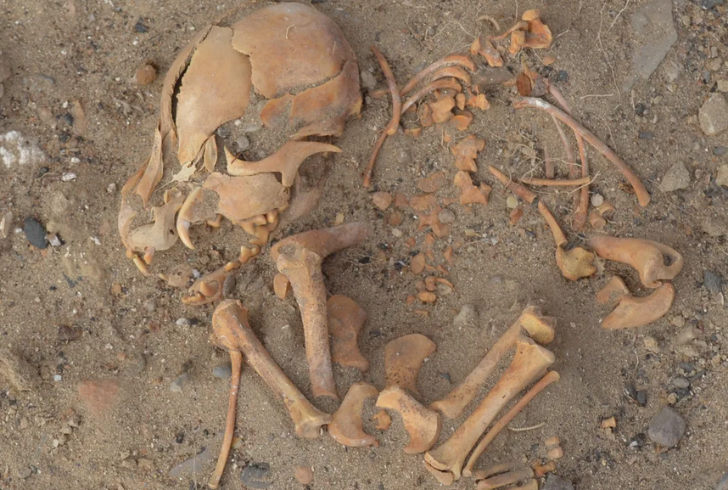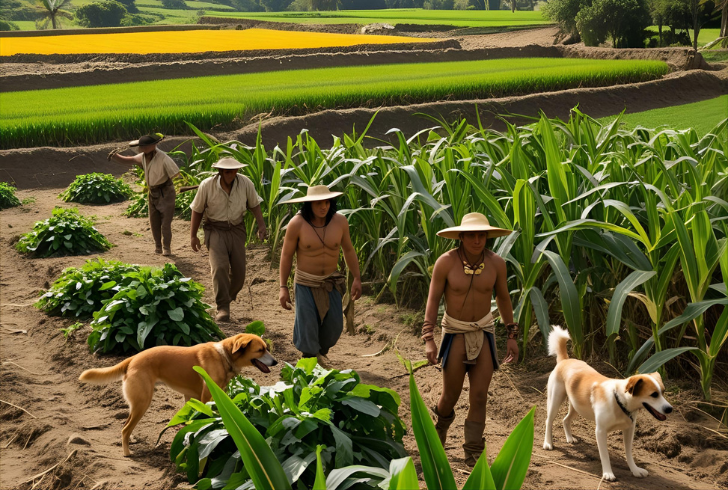The Chihuahua may be one of the smallest dogs in the world, but its story reaches back thousands of years and connects directly to the history of people and agriculture in the Americas. Recent research highlights how these little dogs are not just companions but living links to the first canines that arrived in Central and South America when farming spread through the region.
When Europeans reached the Americas about 500 years ago, their dogs quickly replaced native breeds, leaving only faint traces of those original lineages. The Chihuahua is among the very few that still carry remnants of this ancestry. Even though the modern breed shares only a small percentage of its nuclear DNA with ancient dogs, scientists have discovered something remarkable in their mitochondrial DNA, the material passed down from mothers through generations.
Mitochondrial DNA is especially valuable to researchers because it is abundant in cells and easier to recover from ancient remains, particularly in warm climates where DNA preservation is challenging. A recent study examined mitochondrial genomes from 62 ancient dogs found at archaeological sites across Central and South America, along with samples from modern breeds. One ancient haplotype, known as A2b, stood out. Dogs carrying this sequence traveled with humans into the Americas thousands of years ago, long before European contact.

Remains of an ancient dog found in the Sechura Desert, northern Peru — Nicolas Goepfert.
The surprising discovery was that a modern Chihuahua from the United States still carried this A2b haplotype, which was thought to be extinct. This unbroken maternal lineage ties today’s Chihuahuas directly to the earliest dogs in Central Mexico. Ancient pottery and Spanish explorers’ writings even described small dogs resembling Chihuahuas, further strengthening the connection.
Researchers have long wondered when dogs first entered Central and South America. Evidence shows that humans brought them from Asia into North America about 15,000 years ago, using them as hunters and sled-pullers. Yet as people migrated south into warmer regions, dogs seemed absent from early settlements. The oldest remains in Central and South America date back only about 5,000 years, suggesting that these dogs arrived later than their northern relatives.
Genetic analysis reveals another layer of detail. Although all the ancient dogs carried the same A2b haplotype, the populations in Central and South America showed little genetic mixing. The evidence points to a staggered migration: dogs first arrived in Central America, and only later did some populations continue farther south.
That step-by-step movement is unusual for domestic animals, which normally spread in lockstep with people, but it resembles how wild species expand into new regions.
In Latin America, the presence of dogs seems tied to the rise of agriculture—especially maize. Archaeological finds and genetic studies indicate that between 7,000 and 5,000 years ago, as farming communities formed, dogs became part of daily village life. Unlike in other areas where they were companions to hunters, these early American dogs were linked with farmers, showing a shift in their role alongside people.

Image generated by Canva Ai | Early farmers and dogs shaped life together in ancient Latin America.
To fit into agricultural communities, dogs must have served practical purposes—watching over crops, standing guard, or helping dispose of waste. Their presence altered how villages operated and how people engaged with their environment. The Chihuahua’s unbroken maternal lineage gives researchers a unique link to that era.
While most ancient lineages vanished under the influence of European breeds, this small dog managed to keep a genetic thread intact. That makes the Chihuahua not only a beloved pet today but also a living piece of history connecting modern life to the earliest farming communities of Latin America.
More than its size or lively character, the Chihuahua stands out for its genetic tie to early dogs of the Americas. This thread highlights how survival, migration, and agriculture forged the human-dog relationship. It’s proof that even the most petite companion can embody a sweeping history that runs from ancient fields to modern living rooms.
